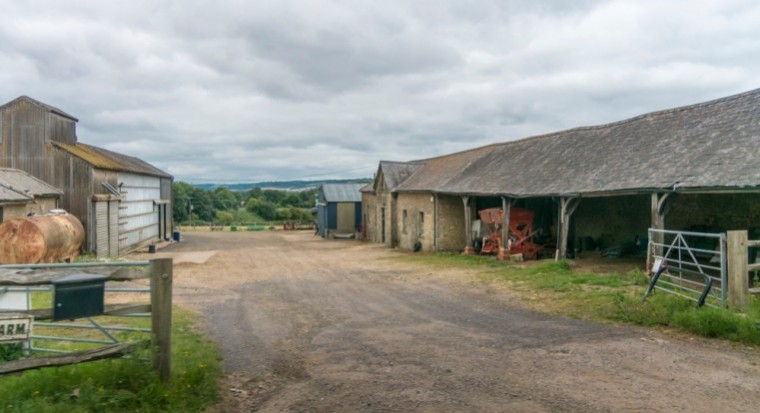Don’t miss the current favourable opportunity to erect farm buildings to increase your efficiency, bring new opportunities and future-proof your business against whatever Brexit might bring…
There’s never been a better time to put up buildings than now, so farmers should seize the moment, says CLM’s Matthew Berryman.
Favourable permitted development regulations, the availability of cheap finance and the contribution that buildings in alternative uses to agriculture can play now and in the future to a rural business’s bottom line are good reasons to explore the options.
“More buildings are definitely going up – and this is entirely understandable,” says Mr Berryman, a director at Sussex-based farm business consultants and land agents CLM (Complete Land Management).
Assuming you meet the basic criteria and can provide the agricultural justification, it’s possible to put up a structure of up to 1,000 sq m under permitted development rights (PDRs), he explains. “These applications are simple and cheap – they cost hundreds rather than thousands of £s – and stand a strong chance of being approved.
“The lenient treatment agriculture receives in terms of planning and development compared with other industries is justified because it boosts the viability of farms and estates and fosters rural communities – but farmers can’t take this for granted as a change of government could threaten it.
“It’s not impossible that all agricultural buildings could be subject to full planning rules in the future, which would mean far more regulations and conditions, plus make navigating the system more costly, complicated and slower.”
While it’s understandable that some farmers are delaying big decisions and any major spending ahead of Brexit, but putting up buildings can bring opportunities now and pave the way for additional ones in the future, he says. “It can future-proof a business, regardless of whether agriculture’s prosperity rises, stays the same or falls after we leave the EU.
“With base rates still at a low 0.75%, banks are incredibly keen to lend money to farmers because their asset bases are so strong with land values at historically high levels.
“Of course there’s got to be a clear business strategy to do any work, but the finance case to put up a building is really strong. Nowadays, it’s possible to put up a 500 sq m general purpose structure for about £50,000.”
Erecting a new building can also free up an existing one – perhaps one that is or will soon become redundant – for reuse for non-agricultural purposes, says Mr Berryman.
“An old grain store with low ceilings might not be suitable for today’s 16-20t trailers, but it could be converted into workshops or office units and, under PDRs, potentially even into residential use. The new building could boost the farm’s efficiency because of its additional capacity and suitability for modern methods, but there are also potentially opportunities for new income streams from the old one.
“If you are in the right area, there’s a massive demand for buildings for non-farming uses. There are opportunities for rental income near towns and cities, but elsewhere, as well, some farmers and estate owners are making a big profit from a relatively small turnover on rental income from buildings, while only generating a small profit on a massive turnover from crops and livestock.
“Even if you’re a long way from a centre of population, but just near a busy road, it may be that someone in your area is looking for storage or a place to park their lorries.”
With any new building project, factoring in flexibility is key, points out Mr Berryman.
“You might be putting up a building for 30 years or more so, as well as ensuring it has a low environmental impact, think carefully about its layout, size and location in relation to access and livestock and machinery movements. Run though all the scenarios about what might happen if your enterprises change and if you want to use that building for something else.
“I have never come across a farmer in my consultancy career of 25-plus years who has regretted putting up a building – and there’s never been a better time than now.”




